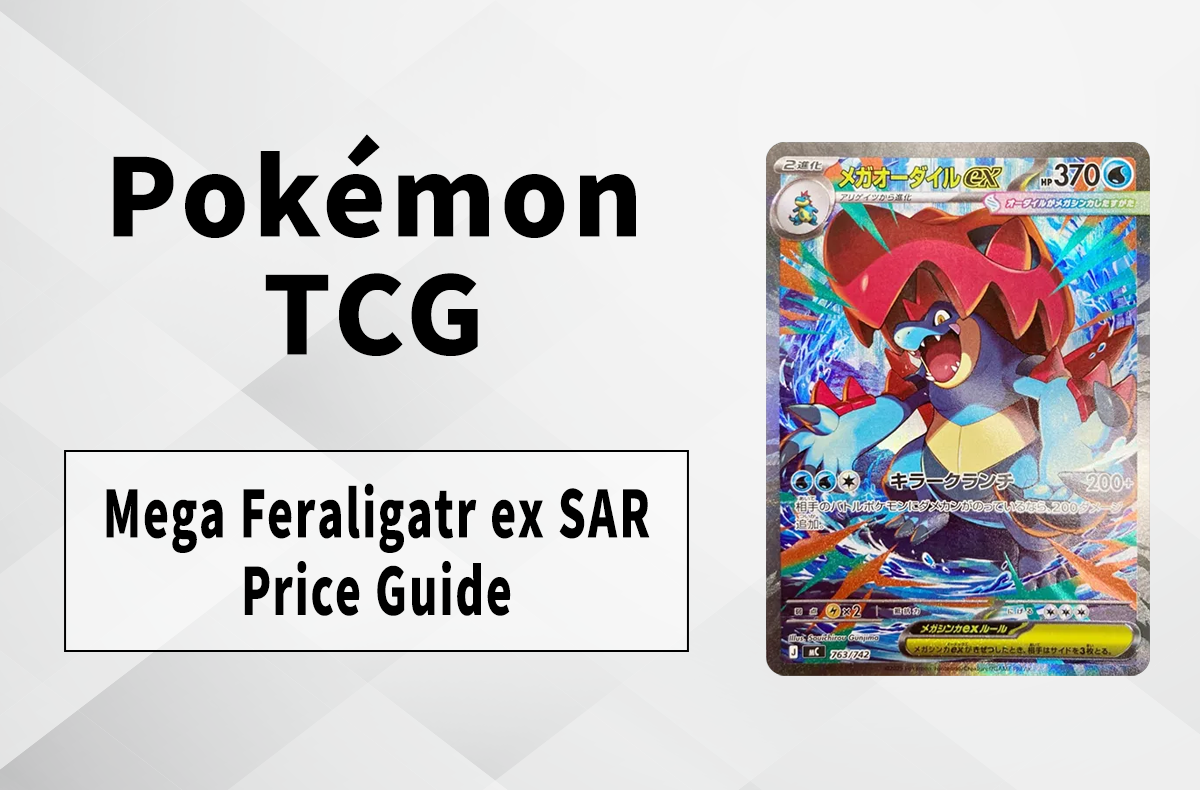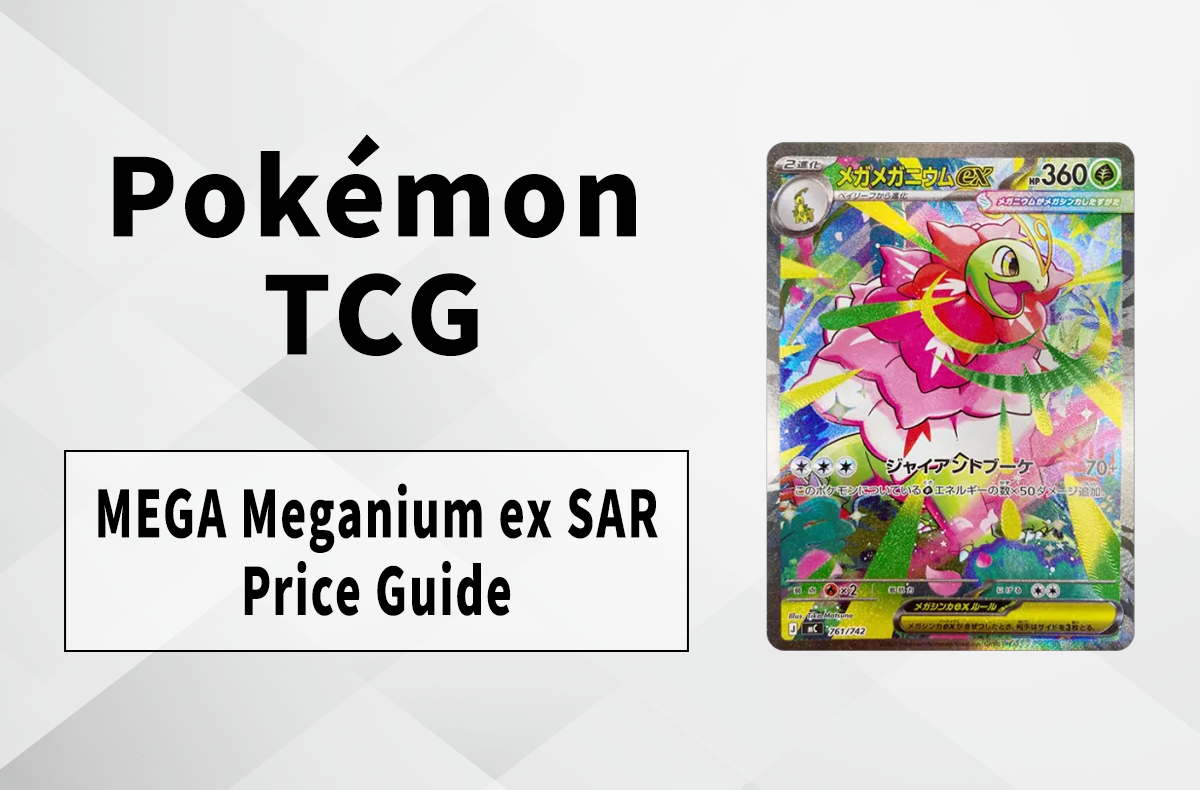[TCG Throwback] Yu-Gi-Oh TCG Stardust Overdrive
Released in July 2009, Stardust Overdrive was based on Yu-Gi-Oh! 5D's, a Yu-Gi-Oh spin-off anime series.

Yu-Gi-Oh! 5D’s, the second spin-off anime series based on the original Yu-Gi-Oh anime, has served as an inspiration for many Yu-Gi-Oh TCG cards and even sets to date. One such set is Stardust Overdrive—a Core Booster that’s about to mark 15 years since its debut.
Released in Japan on 18 July 2009, Stardust Overdrive was the sixth Core Booster of Series 6. Cards included in it were those used by eight different characters from Yu-Gi-Oh! 5D’s.
Rarest/Most Expensive Stardust Overdrive Cards



Stardust Overdrive contained a total of 80 cards. Of these, 5 were Ultra Rares, 5 others were Ultimate Rares, and just one—Majestic Star Dragon—was a Holographic Rare. The rarest card in the entire set, Majestic Star Dragon was also the card featured on its cover—and for good reason. To this day, Majestic Star Dragon is among the most valuable Yu-Gi-Oh TCG cards to ever exist. PSA 10 first-edition copies of this card can be sold for prices in excess of US$3,900.
Majestic Star Dragon is such a colossal outlier that at first glance, one may be tempted to overlook the other cards in this set and their respective price tags. That, however, would be a mistake as this set is full of cards of tremendous rarity and value.
Further examples include the Ultimate Rare trio of Earthbound Immortal cards: Earthbound Immortal Ccarayhua, Earthbound Immortal Wiraqocha Rasca, and Earthbound Immortal Uru. In their PSA 10 first-edition forms, all three can fetch prices of over US$1,000 with Uru being the most expensive of the three.
Going further down the list, it’s clear that there are plenty of cards in Stardust Overdrive which land a seller serious money. Five more cards are valued between US$500 and US$1,000 as PSA 10s: Black Brutdrago, Blackwing – Silverwind the Ascendant, Explosive Magician, Crusader of Endymion, and Divine Grace – Northwemko. So, when picking a Yu-Gi-Oh TCG set as a form of investment, Stardust Overdrive is undoubtedly among the top selections.
Stardust Overdrive and the Metagame



From the perspective of the meta, there’s absolutely no question that the single best card in the set was Level Eater. When Level Eater is in the Graveyard, it allows the player to target any of the player’s own monsters of Level 5 or higher, reduce the monster’s Level by 1, then Special Summon Level Eater itself. This allows the player to form game-breaking sequences by using Level Eater in combination with Synchro Monsters—and especially with Link Monsters as well. Level Eater was so dominant and metagame-warping that it was completely banned from tournament play in Japan and the Asia-Pacific region in October 2016; the rest of the world followed suit in February 2018 and it has remained banned globally since.
Another card from the set so powerful that it’s now banned globally as well was Djinn Releaser of Rituals—the cornerstone of one of the most broken deck archetypes ever: the Djinn Lock deck. After banishing Djinn Releaser of Rituals from the Graveyard, the opponent can’t Special Summon as long as Djinn Releaser of Rituals is face-up on the field. This made it extremely easy for the player to Ritual Summon a Nekroz monster—so much so that the card (and thus the deck archetype) was banned.
Other cards which made major impacts on the meta include Infernity Necromancer and Quickdraw Synchron. Infernity Necromancer allowed the player to Special Summon any Infernity monster from the Graveyard apart from any other Infernity Necromancer card; this could in turn set up chains of Xyz and/or Synchro Summons. Finally, Quickdraw Synchron can be used for Synchro Summoning and be substituted for another Synchro monster, ignoring any Tuner conditions if there are any.
Further Information About Stardust Overdrive


An interesting point of note about Stardust Overdrive lies in the fact that despite being a Core Booster, it was also intended to be a companion set to two already-released Structure Decks: Structure Deck: Lord of the Magician and Structure Deck: Warriors’ Strike (known as Warriors’ Strike Structure Deck in English). Many cards in Stardust Overdrive were specifically designed to work in tandem with cards from the two Structure Decks.
The English version of Stardust Overdrive contained an additional 20 cards, a number of which were not available in Japanese until quite some time after Stardust Overdrive’s release. This is therefore a rare example of an instance in which certain Yu-Gi-Oh TCG cards were out in English long before they were launched in Japanese.

First-edition Stardust Overdrive booster boxes came in limited-edition tins. Today, those tins are regarded as top-tier collector’s items and have been known to sell for impressive prices. Additionally, pull rates from the first-edition tins were better than those from booster boxes to come later. This was likely a deliberate decision on Konami’s part to entice people to purchase the tin as well.
That wraps up this TCG Throwback article on Stardust Overdrive. There’ll be more to come—so stay tuned as we continue to bring you more blasts from the past.
For the latest releases, breaking news, and exclusive interviews, stay tuned to the SNKRDUNK Magazine and @snkrdunk on Instagram. Explore the SNKRDUNK App too and don’t forget to use our welcome code from the banner below before making your first purchase. Additionally, if you would like to try a pair out, visit our stores in Singapore and Japan!
More SNKRDUNK Features:
The Story of Pokémon Card 151 [SV2a]: How An Epic Pokémon TCG Set Came to Be
[TCG Throwback] Yu-Gi-Oh TCG Rising Rampage
Not “Just Another Pokémon TCG Set”: Why Pokémon Card 151 [SV2a] Matters
Better Than Heavy-Duty Boots: Top 8 Pokémon Collaborations Since 2016
[SNKRDUNK Selects] Best TCG Products To Buy Now (April 2024)



















![Dr. Martens “Year of the Horse” collection [Release Date/Price/Where To Buy]](https://snkrdunk.s3.ap-northeast-1.amazonaws.com/en/magazine/wp-content/uploads/2025/12/26124817/20251226021918-0.jpg)

![Schott × Dickies® Collection [Release Date/Price/Where To Buy]](https://snkrdunk.s3.ap-northeast-1.amazonaws.com/en/magazine/wp-content/uploads/2025/12/26124241/20251226023256-0-scaled.webp)
![New Era®︎ × PlayStation Collection [Release Date/Price/Where To Buy]](https://snkrdunk.s3.ap-northeast-1.amazonaws.com/en/magazine/wp-content/uploads/2025/12/26123430/20251225074407-0.jpg)

![BEAMS JAPAN × TAILOR TOYO Godzilla Souvenir Jacket [Release Date/Price/Where To Buy]](https://snkrdunk.s3.ap-northeast-1.amazonaws.com/en/magazine/wp-content/uploads/2025/12/26122929/20251223060222-0-scaled.jpg)


